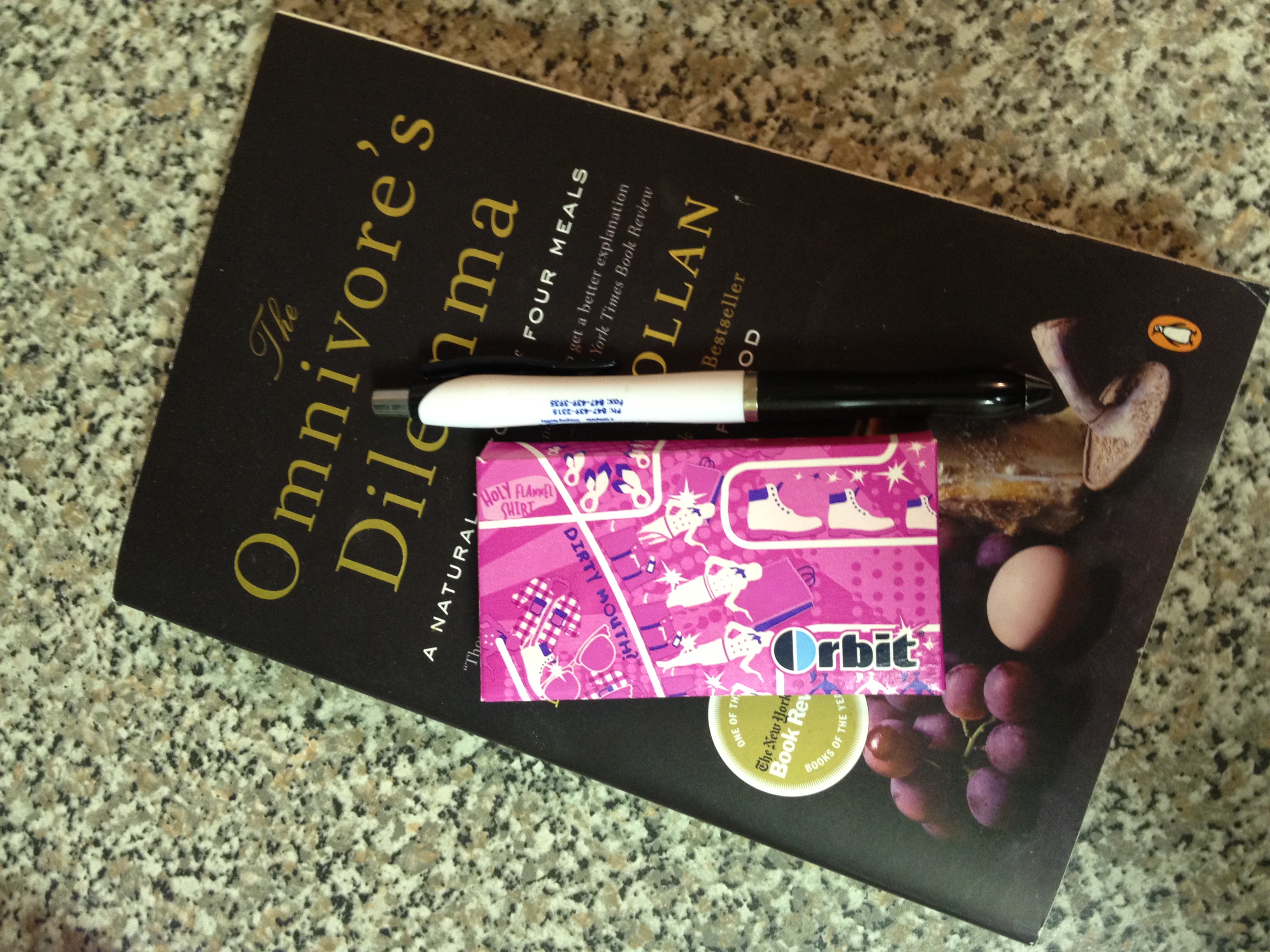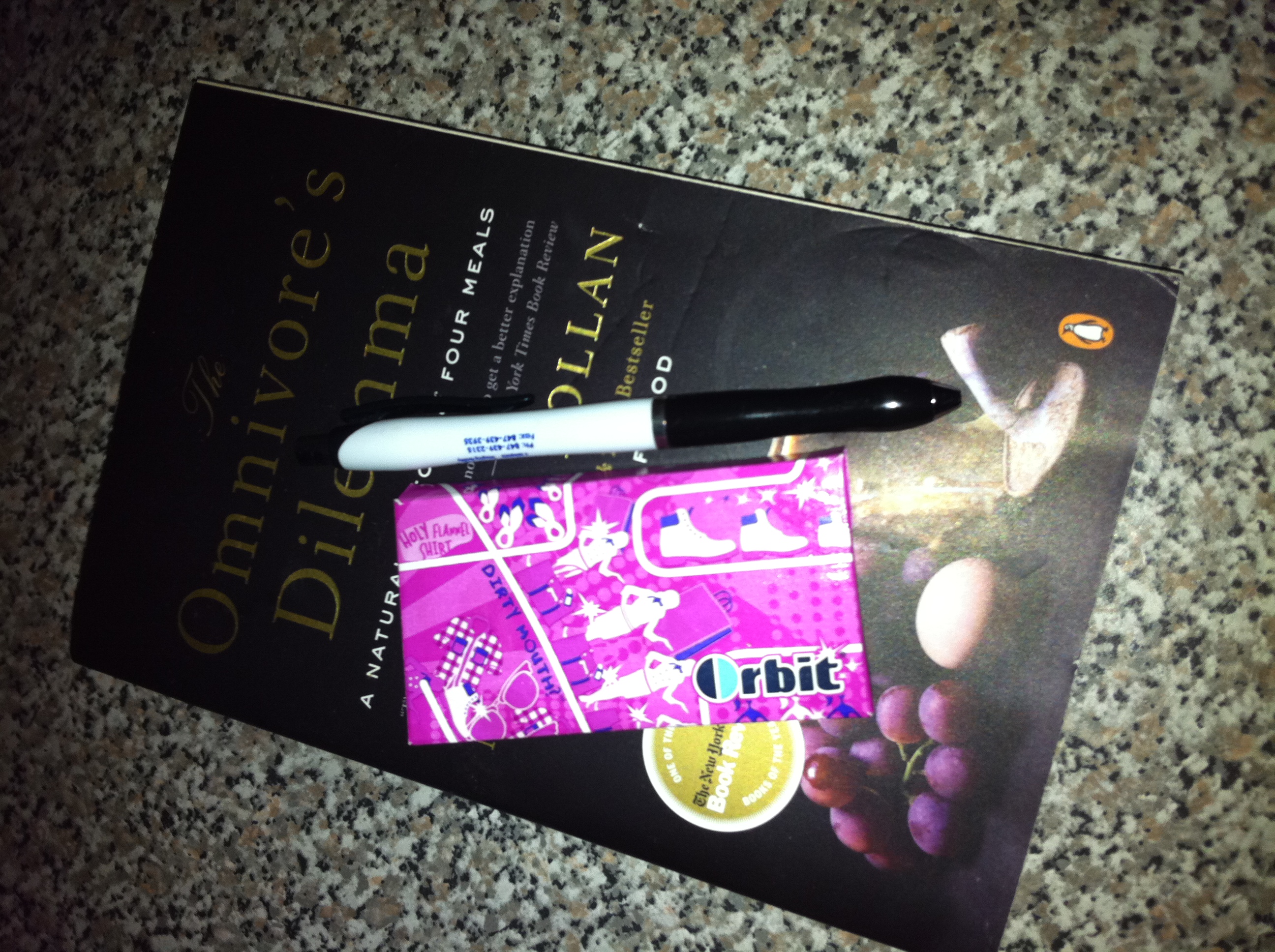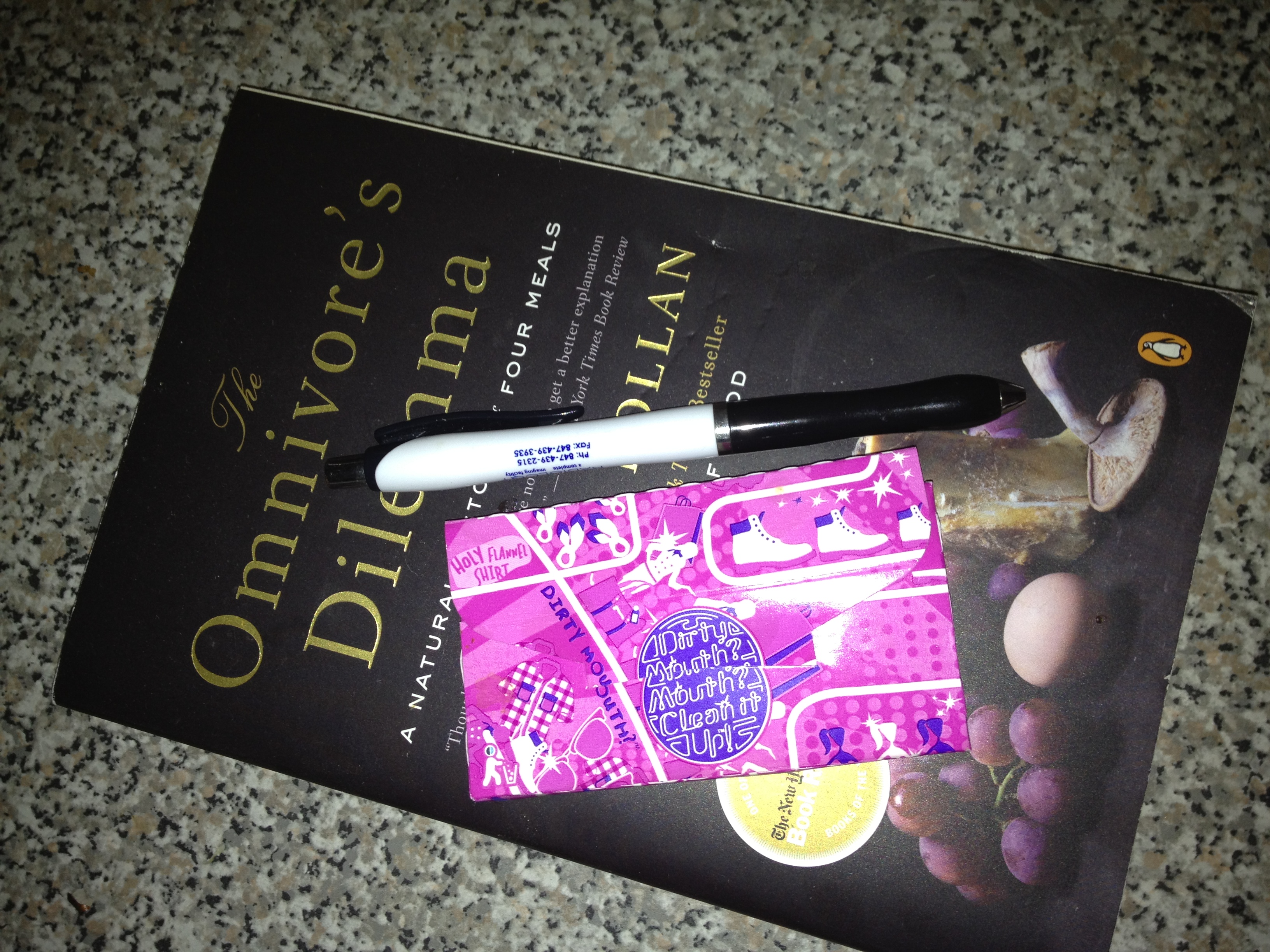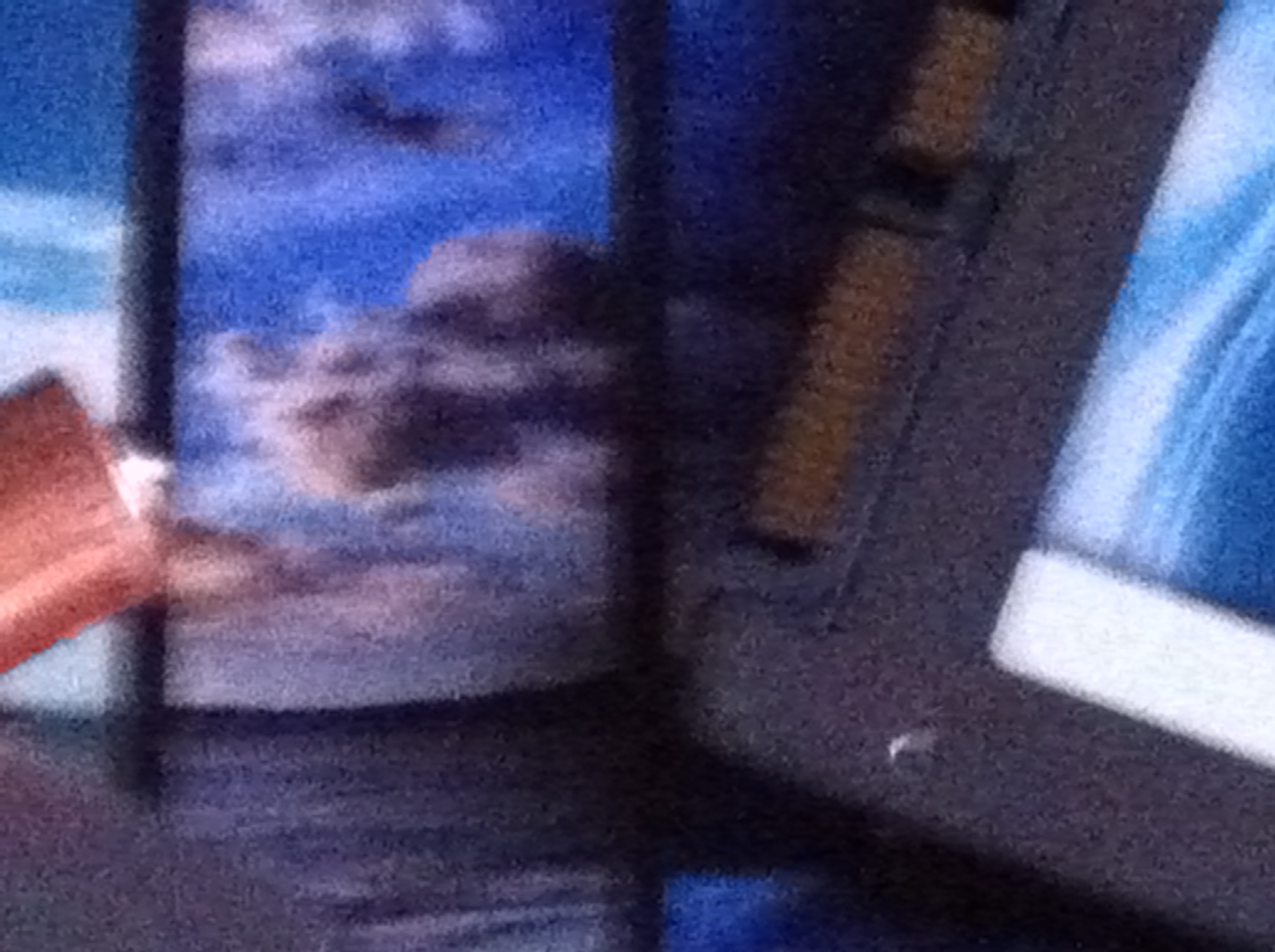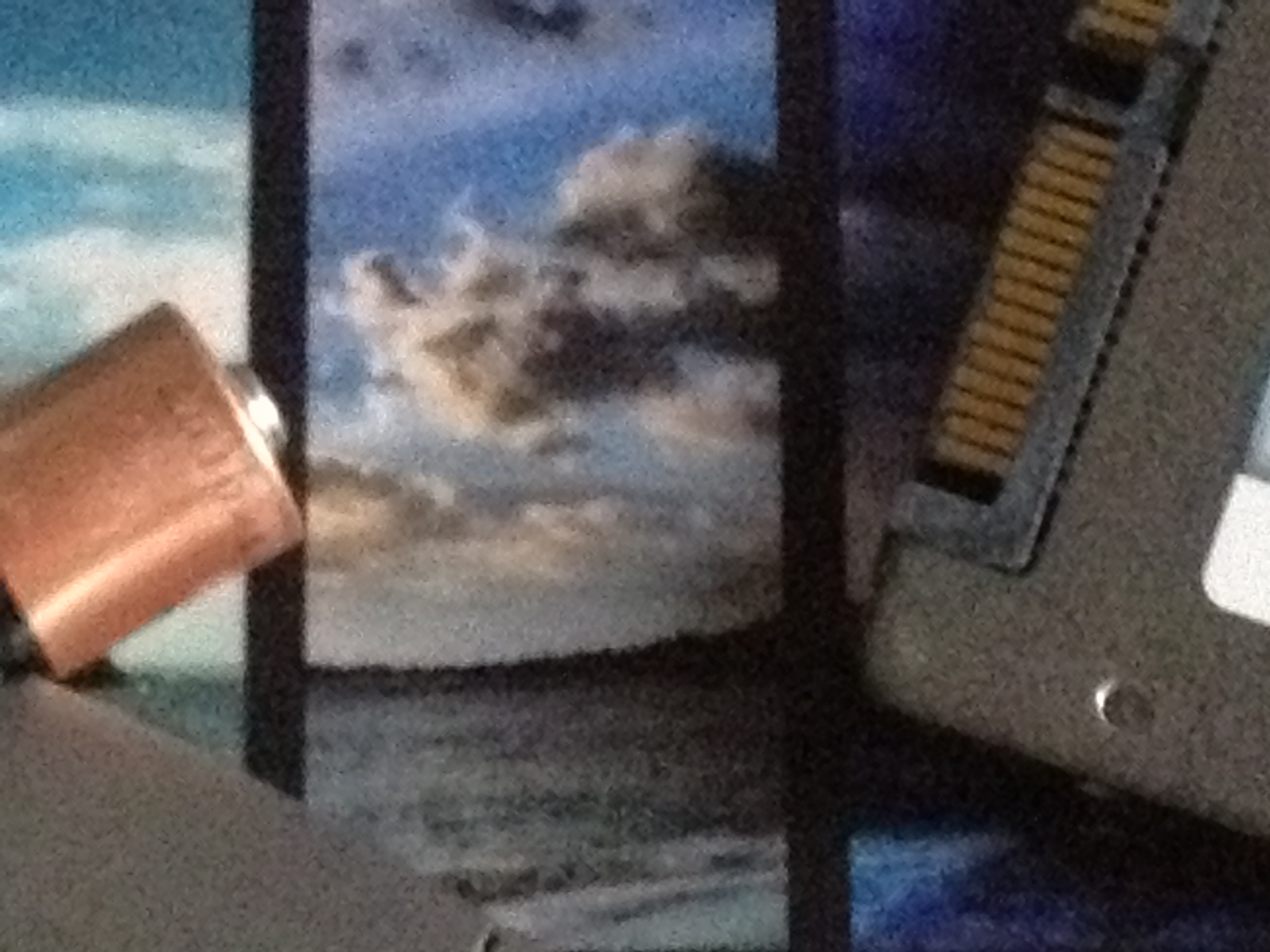Apple iPhone 4S, Part 2: Battery, Camera, And Display Quality
Add us as a preferred source on Google
Camera Quality: Indoors, Good Lighting And Flash
No Zoom, No Flash
The cooler color temperature on the iPhone 4, which served as a boon outside and with lots of light, is actually a detractor indoors. The effect is far too obvious.
No Zoom, With Flash
If you need to use the flash, you'll find that pictures come out more evenly-illuminated on the iPhone 4S. This mostly seems to be the result of the phone's superior ability to compensate for poor lighting conditions, as the light meter doesn't register a change in the luminescence of the flash.
Full-Zoom, No Flash
The 4S continues to provide more detail in macro shots.
Stay On the Cutting Edge: Get the Tom's Hardware Newsletter
Get Tom's Hardware's best news and in-depth reviews, straight to your inbox.
Current page: Camera Quality: Indoors, Good Lighting And Flash
Prev Page Camera Quality: Outdoors, Night Lighting Next Page Camera Quality: Indoors, Poor Lighting
34 Comments
Comment from the forums
-
compton If the display really is improved, then I think I'm going to have a hard time resisting the 4S (not that the 4's display was anything but great to me, but it's just more icing on the S cake). Good displays of any kind are rare in some (many) segments, but mobile devices wouldn't have great displays now had not Apple has pushed the market forward to IPS (and other higher quality type) panels in tablets and phones. If only they could do the same for laptops...Reply -
rhangman From what I have read there are two different displays, one colder, one warmer. According to this review the warmer one is better, but people seem to prefer the blue screen.Reply
I believe the 4 also came with yellow/blue screens, if so the screen is nothing new. -
mayankleoboy1 ReplySiri is more of a mixed bag. It's useful, but by no means smart.
you want a human comparable AI running inside a phone?
of course siri is basic. and so is all other AI. -
deputc26 "It's more flexible under a wider range of lighting conditions and benefits from higher pixel density." Benefits from higher pixel density??? A camera sensor? I assume you mean photosites rather than pixels. Except that the smaller photosite... the worse they are not the metter. I think you should say it "benfits from higher resolution and does not lose per-pixel detail due to the increased quantum efficiency of the new sensor"Reply -
Kamab Maximum white luminescence and max contrast ratio are going to have a direct correlation, aren't they? I think the reason they didn't mention a display upgrade is because there isn't one. They simply got their LCD panels from a different vendor (probably cheaper). I can see the camera upgrade being handy though.Reply
The IP4S to me feels like an attempt by apple to lower expenses by leveraging existing architectures (IP4) and components (processor from iPad2) to drive profit margins.
The only reason someone with an IP4 should upgrade to an IP4S is that due to extreme demand you could probably sell back your IP4 for 350-400$ and know that your 4S will retain value for a long time as well.
-
acku Reply9521688 said:Maximum white luminescence and max contrast ratio are going to have a direct correlation, aren't they? I think the reason they didn't mention a display upgrade is because there isn't one. They simply got their LCD panels from a different vendor (probably cheaper). I can see the camera upgrade being handy though.
The IP4S to me feels like an attempt by apple to lower expenses by leveraging existing architectures (IP4) and components (processor from iPad2) to drive profit margins.
The only reason someone with an IP4 should upgrade to an IP4S is that due to extreme demand you could probably sell back your IP4 for 350-400$ and know that your 4S will retain value for a long time as well.
Yes and no. I dialed back luminance for some other lab testing and we certainly still saw a difference in color temperature and gamma. This kind of goes back to the yellowing issue seen on some iPhone 4s (plural not 4S), which may be possibly related, but the replacements that Apple sent out were suppose to have their yellow tint fade away over time. At least that was the story... The bottom line is that there is a difference between the two models.
I suppose one could argue that its a cheaper panel. The one thing that the microscope shows is that it definitely is a different panel. This isn't just a weird chemical film that's plaguing a batch of Retina displays. This is actually a different panel at the subpixel level, because the subdomain structure has also changed.
7200 K is closer to the standard 6500 K, but without proper color calibration though, I'd say blue looks more natural. That's also reflected in the "standard calibration" most manufacturers use on their LCD displays.
I don't know about the only reason to switch. There certainly are many reasons not to use an iPhone, and I would be remiss to recommend one to everybody. In the US, the real problem is the inflexible carrier plans and the requirement to buy a data plan. Of course, this is a problem with all smartphones, so not just applicable to the iPhone.
Cheers,
Andrew Ku
TomsHardware.com -
jecastej Great review with plenty of images to show the differences in display and camera quality. The iPhone 4S really shows better definition under regular and more extreme light conditions and also the white shows a better balance. Also I can distinguish better color saturation on the "S" that maybe helped by the higher resolution. Siri shows to be based on a set of commands, but in the end the user will speak comprehended logical commands. It is not that fun as a real companion but we may get there someday.Reply

